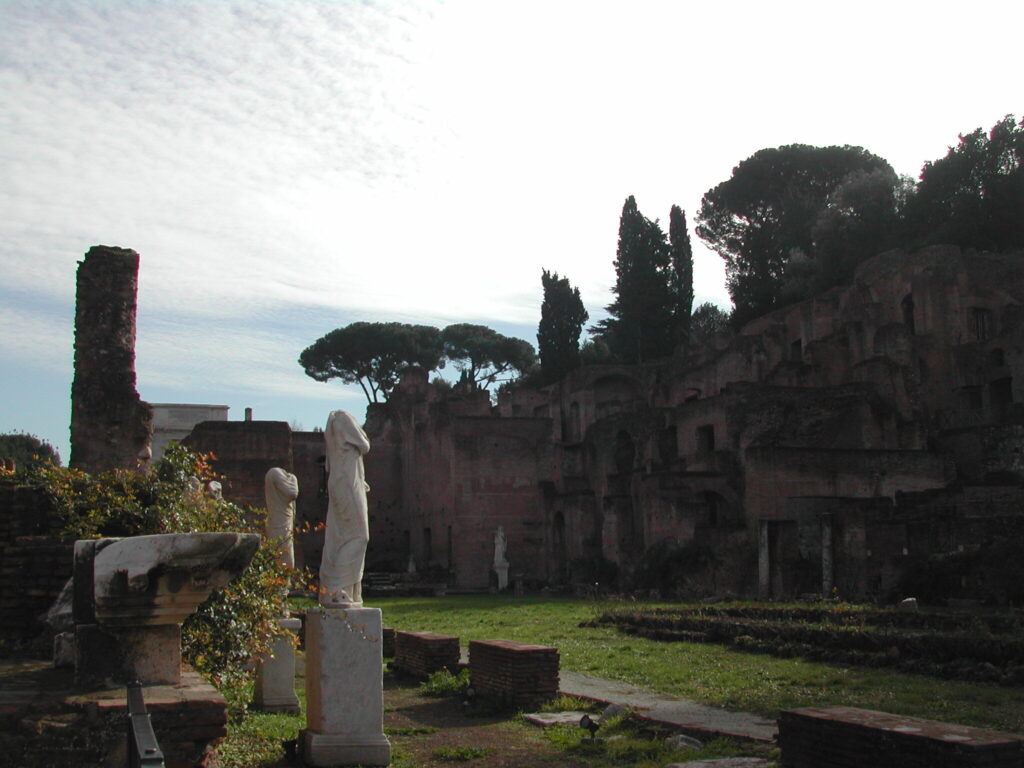The feast of Saint Lucia: origins, meaning and links with pagan deities. Astrological interpretation and Fengshui.

The Statue of Saint Lucia during the religious feast of the patron saint of Syracuse – By Salvo Cannizzaro – www.panoramio.com, CC BY-SA 3.0, https://commons.wikimedia.org/w/index.php?curid=27562294
The liturgical memory of Saint Lucia, Christian martyr of Syracuse and virgin protector of sight and eyes, falls on December 13th. Before the introduction of the Gregorian calendar (1582), the feast fell close to the winter solstice (hence the saying “Saint Lucia the shortest day of the year is”), even if it no longer coincided with the new calendar for a difference of 10 days. The celebration of the feast on a day close to the winter solstice is probably also due to the desire to replace ancient popular feasts celebrating light and are celebrated in the same period in the northern hemisphere, such as the Jewish feast of Hanukkah, which lasts eight days like the celebrations for the saint in Syracuse, or the feast of Diwali celebrated in India. The cult of Saint Lucia also presents several affinities with that of Artemis, the ancient Greek divinity venerated in Syracuse on the island of Ortigia. To Artemis, as well as to Saint Lucia, the quail and the island of Ortigia itself were sacred. Both Artemis and Lucia are virgins. Artemis is also seen as the goddess of light while holding two lit and torches in her hand, lit and flaming.

Artemis of Ephesus – goddess of fertility – By Marie-Lan Nguyen (2011), CC BY 2.5, https://commons.wikimedia.org/w/index.php?curid=17024170
The Romans considered Diana-Artemis and the moon as a single entity.
The origin of the word Lucia is from the Latin verb ‘splendere’ (lucere) and this etymology connects not only Lucia to the light but also to the other Roman goddess Juno called Lucina, invoked with this epithet during childbirth.

Marble statue of Bona Dea attributed to Juno Lucina – By Andrea Pancotti – Bertolami’s company, Rome, CC BY-SA 4.0, https://commons.wikimedia.org/w/index.php?curid=85065666
Finally, we remember that in ancient Rome there were three virgin goddesses: Diana, Minerva and Vesta.

Remains of the House of the Vestals in the Roman Forum – By user:Lalupa – Own work, Public domain, https://commons.wikimedia.org/w/index.php?curid=497326
In the astrological Pantheon we can therefore look for the Moon (Diana-Artemis), Juno, Vesta and Pallas (Athena-Minerva), the last three are celestial bodies assimilated to asteroids.
On December 13th, 2024 at midnight we see their azimuthal position, referring to our geographic horizon:

Azimuthal chart of asteroids on December 13, 2024
Moon: 55°NE, Pallas: 334° NW, Juno 47°NE, Ceres 276°W and 63°NE Vesta.
To celebrate Saint Lucia, connected to these ancient female deities, we can harmonize our homes in these directions using the energy of Fire and illuminating the northeast, northwest and west sectors with candles and sacred lights, accompanied by aromas, stones (suitable for those of the VI chakra such as amethyst) and plants (for example, eyebright and maritime pine bark).

Amethyst laser crystal – Photo by uhi_noko812 from Pixabay

Maritime Pine Bark – “maritime pine skin” by @raffa@ is licensed under CC BY-NC-ND 2.0.